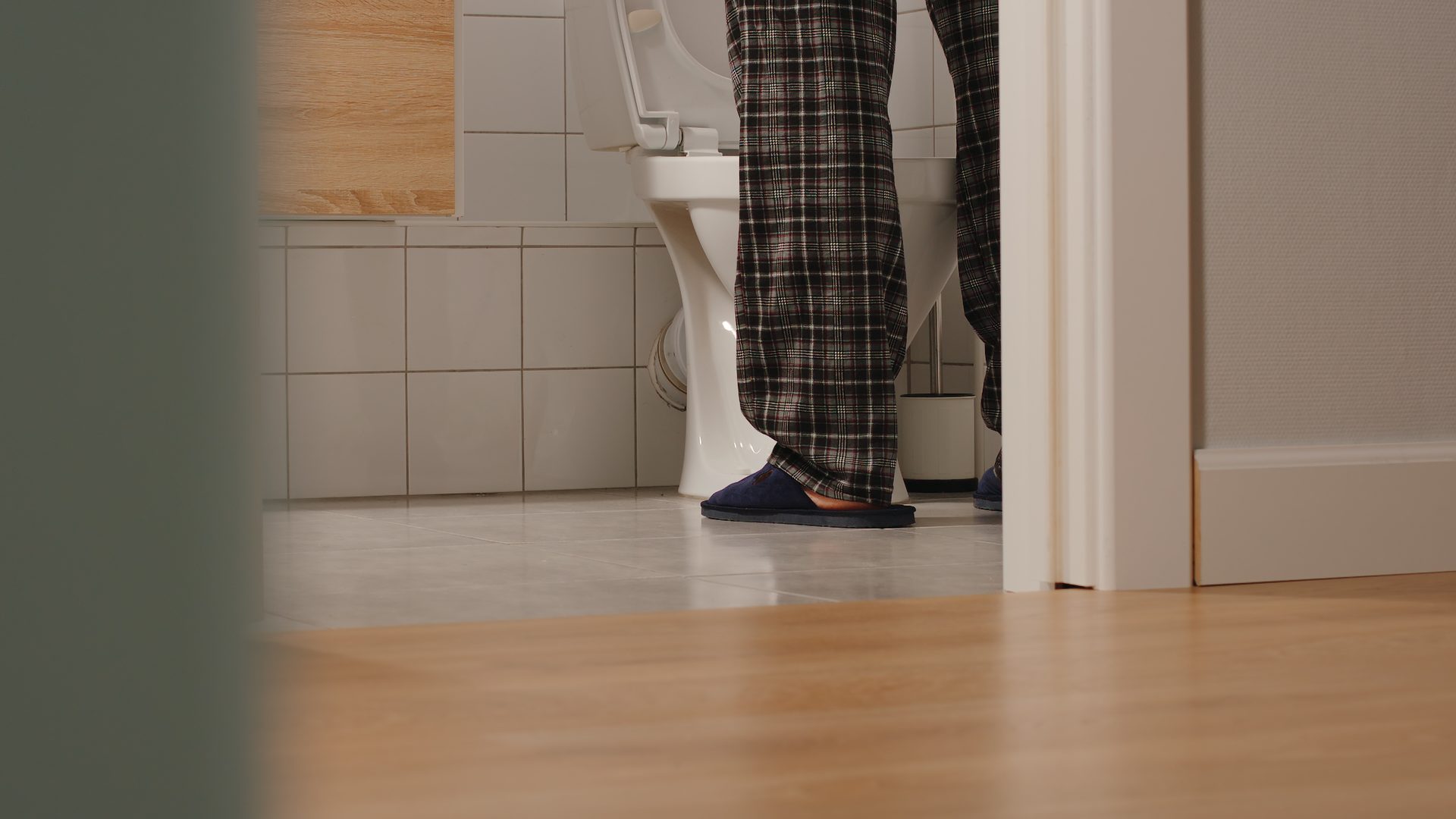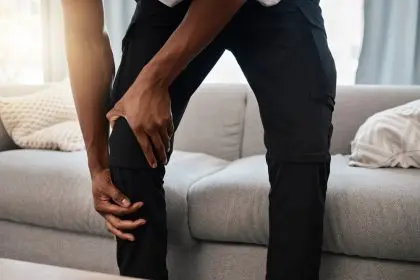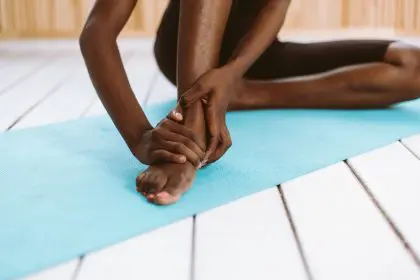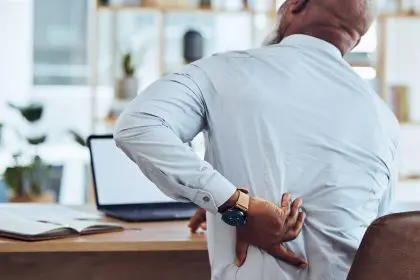Most men never question why they stand to urinate — it’s just what guys do, right? But here’s the thing: cultural conditioning might be keeping men from a bathroom habit that’s actually healthier, more hygienic, and surprisingly beneficial for long-term wellness.
Let’s dive into why men resist sitting to pee and what they’re missing out on by sticking to the standing tradition.
Cultural programming starts early
From the moment boys start potty training, they’re taught that standing to pee is the “manly” way to do it. It’s presented as a rite of passage, a sign of growing up and being different from girls. This early programming runs deep and becomes tied to masculine identity.
Society reinforces this message constantly. Public restrooms are designed with urinals, locker room culture celebrates standing, and men who sit are often mocked or questioned about their masculinity. These social pressures create a powerful resistance to changing bathroom habits.
The result? Most men never seriously consider sitting as an option, even when it might be better for their health and comfort.
The convenience myth
Men often argue that standing is faster and more convenient, but this isn’t always true. Standing requires more aim, creates more mess, and often means dealing with splash-back. In reality, sitting can be just as quick while being significantly cleaner.
The “convenience” of standing also assumes perfect conditions — good lighting, clean facilities, and no distractions. Anyone who’s tried to use a poorly lit bathroom or dealt with morning grogginess knows that standing isn’t always the easiest option.
Health advantages men are missing
Here’s where it gets interesting: sitting to pee offers legitimate health benefits that most men don’t know about. For guys with prostate issues, sitting allows for more complete bladder emptying because the position relaxes the pelvic floor muscles.
The sitting position also reduces strain on the urinary system and can help prevent urinary tract infections. When you’re standing, you’re working against gravity and muscle tension, which can leave residual urine in the bladder.
For men with benign prostatic hyperplasia or other prostate conditions, sitting can significantly improve urinary flow and reduce the feeling of incomplete emptying that often accompanies these issues.
The hygiene factor
Let’s be honest about bathroom hygiene. Standing creates microscopic splashing that spreads urine droplets around the toilet area, on clothing, and sometimes on the person using the bathroom. This isn’t just gross — it’s a legitimate hygiene concern.
Sitting eliminates most of this splashing, keeping bathrooms cleaner and reducing the need for constant cleaning around the toilet base. For men who live with partners or families, this can be a game-changer for household harmony.
The hygiene benefits extend beyond just the immediate area. Less splashing means less bacteria spread, fewer odors, and a more pleasant bathroom environment for everyone.
Better for nighttime bathroom visits
One area where sitting makes obvious sense is during nighttime bathroom trips. Standing in the dark often leads to poor aim and messy cleanups. Sitting allows for a safer, quieter, and cleaner experience without turning on bright lights that can disrupt sleep.
Many men who try sitting for nighttime visits find they can get back to sleep more easily because they haven’t fully awakened or strained their eyes with bright bathroom lighting.
Reducing bathroom anxiety
Some men experience performance anxiety or shy bladder syndrome, especially in public restrooms. Sitting in a private stall can provide the privacy and relaxation needed for normal urination without the pressure of standing at a urinal.
This benefit extends to men with social anxiety or those who simply prefer more privacy during bathroom visits. Having the option to sit can make public restrooms more comfortable and accessible.
When sitting becomes necessary
As men age, prostate enlargement, mobility issues, or other health conditions can make standing difficult or uncomfortable. Men who’ve never developed the habit of sitting may struggle to adapt when standing becomes problematic.
Getting comfortable with sitting while you’re healthy makes the transition easier if health issues arise later. It’s essentially future-proofing your bathroom habits.
Breaking the social stigma
The resistance to sitting comes down to social conditioning rather than practical concerns. In many European countries, men sitting to pee is more socially acceptable and even encouraged for hygiene reasons.
Some progressive workplaces and homes are implementing “sit-down” policies for shared bathrooms to maintain cleanliness and reduce maintenance. This shift suggests that attitudes may be slowly changing.
The practical middle ground
You don’t have to choose one method exclusively. Many men find that situational sitting works well — sitting at home for hygiene and comfort, standing in public when necessary.
The key is recognizing that sitting is a valid option with real benefits, not something to be ashamed of or avoided due to cultural programming.
Making the switch
If you’re curious about trying sitting, start at home where you’re comfortable. Pay attention to how it feels physically and whether you notice any differences in comfort or cleanliness.
Don’t worry about what others think — your bathroom habits are personal choices that should prioritize your health and comfort over social expectations.
The bottom line
Men don’t sit to pee primarily because of cultural conditioning and social pressure, not because standing is inherently better. The advantages of sitting — better hygiene, improved health outcomes, and increased comfort — suggest that cultural expectations might be preventing men from making healthier choices.
Whether you stand or sit should be based on what works best for your health, comfort, and circumstances rather than adherence to arbitrary social norms about masculinity.

















